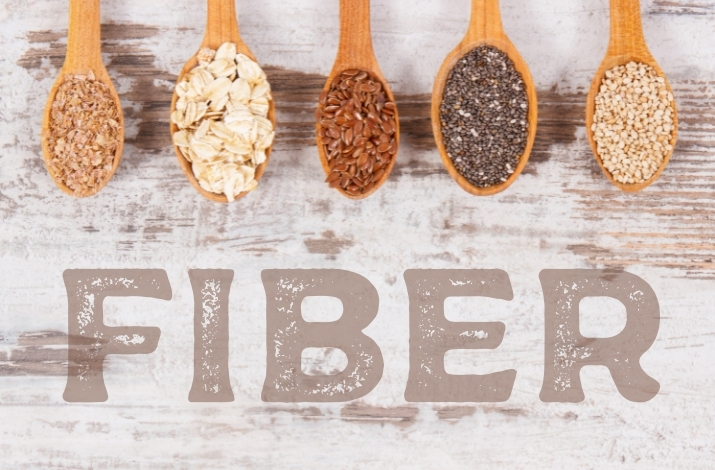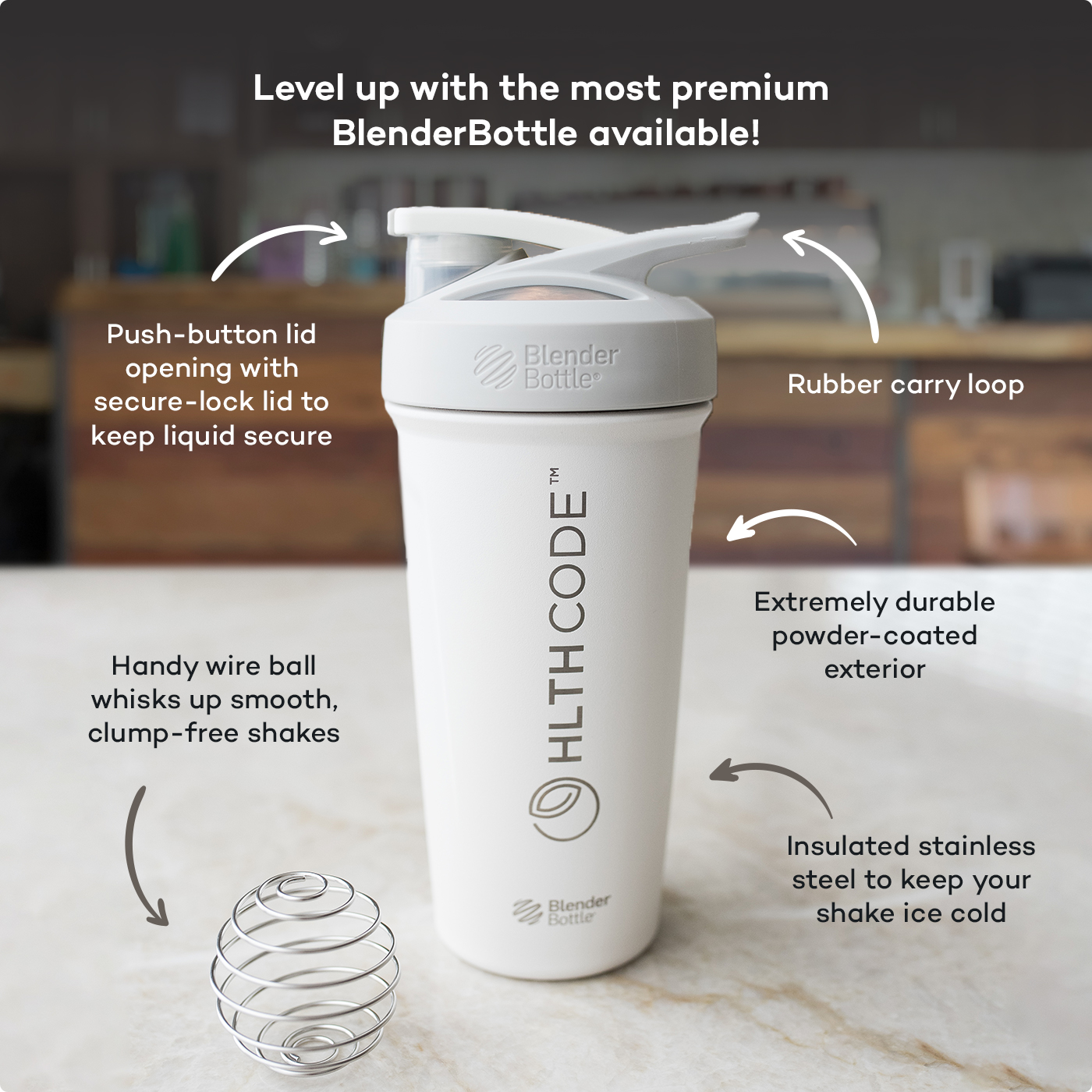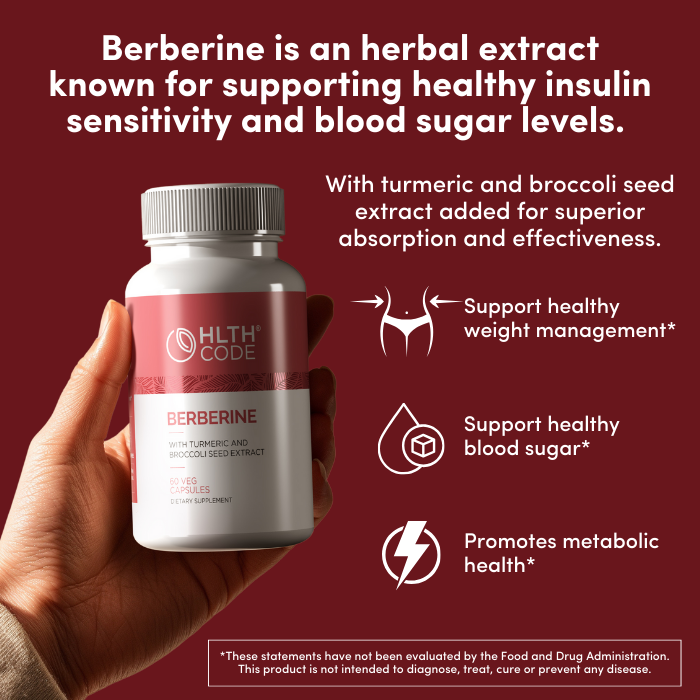Fiber: A good carb?

Dietary fiber enjoys a special place in the hallowed halls of the nutritional pantheon; it is almost universally embraced as being essential to a modern healthy diet. The love for fiber over the past 50 years is borne from its general ability to lower cholesterol, and, presumably, lower the risk of heart disease [1, 2]. Another potential benefit is the bulk that it provides in the intestines, helping a person feel full and increasing bowel movements.
Fiber falls within the “carbohydrate family” of nutrients, which means it’s not essential in the human diet. But that doesn’t mean it can’t be beneficial to one’s diet, especially if a person is eating other carbohydrates (more on that below). Unfortunately, this puts fiber in a difficulty place—literally. Fiber is listed on food panel labels under “carbohydrates”. While this is technically accurate, it’s a bit unfair. Other carbohydrates will increase insulin to some degree as they’re digested and absorbed into the blood as glucose. Fiber, on the other hand, has no potential for this—we can’t digest it. And in contrast, it can bind and prevent some glucose (and other things) from getting into the blood. This is why fiber is usually “counted out” of the carbohydrates when a person is trying to keep track of the carbs they’re eating.
Beyond the intestinal effects, fiber can influence metabolic health, with a general indication that fiber helps improve insulin sensitivity. Multiple epidemiological studies (i.e., those studies that get data from questionnaires) find a correlation with fiber consumption and improved insulin sensitivity [3], but results from clinical trials (i.e., actual experiments) are more mixed and require some scrutiny in interpreting in the context of insulin resistance.
An important weakness in the studies exploring the insulin-sensitizing benefits of a high-fiber diet is the type of fiber. One way to classify dietary fiber is by whether the fiber dissolves in and mixes well with water. Those fibers that do mix well are called “soluble” fiber, whereas those that don’t mix well are “insoluble”. Beyond the dissolving in water, these fibers act very differently in the body, and which one you focus on depends on your desired outcomes.
Put simply, soluble fiber is the better of two—it’s the type of fiber that comes from fruits, most vegetables, and select grains (e.g., oats). Soluble fiber provides both bulk in the bowels [4], and demonstrably and positively improves metabolic markers, such as glucose, insulin, and blood lipids [5]. But, as with so many things with health, the degree of change depends on the metabolic starting point of a person. For example, people with higher fasting insulin levels (i.e., insulin resistance) enjoyed a lower post-meal insulin spike when consuming a high-fiber meal versus a low-fiber meal, but there was no difference in insulin levels in those with otherwise normal fasting insulin (i.e., insulin sensitive) [6]. Another study found similar results, albeit without a fiber supplement. Placing insulin-resistant individuals on a high-fiber diet (50 g) where the fiber came from fruits, vegetables, legumes, and selective grains, significantly improved insulin sensitivity after six weeks [7]. Altogether, these results indicate that if a person has some room for metabolic improvement, soluble fiber can help.
Insoluble fiber comes mostly from plants like wheat and beans. It generally appears to have the same benefits on glucose and insulin as soluble fiber [8], but there are notable downsides. For example, insoluble fiber can actually make constipation worse [9] and aggravate irritable bowel syndrome, one of the most common intestinal disorders [10].
A final difference between these two fibers is the degree to which they “feed” the microbiome—the colony of bacteria that live in our intestines. Soluble fiber, while no source of energy for us, is a food for healthy gut bacteria. These bacteria happily digest the soluble fibers and, in turn, leave short-chain fats behind, which can be a metabolic benefit for the body [11]. In contrast, insoluble fiber is not a food for bacteria—what you eat just passes through (or not…) [12].
Take-away Thoughts
After all this, if you decide you want to focus on fiber, just be careful how you get it. Unfortunately, many popular fiber supplements come with an unwanted guest: sugar. In fact, if you check the ingredient label of the most popular fiber supplement at your local supermarket, sugar will likely be the very first ingredient! So much for taking fiber to help control your glucose… But this reflects a common problem when it comes to many fiber sources—even though you may get some fiber, the amount of glucose that comes with it may make it not worth it in the first place. The fiber helps lower the glucose, but you’re still left with higher glucose than before you ate it.
References
1 Brown, L., Rosner, B., Willett, W. W. and Sacks, F. M. (1999) Cholesterol-lowering effects of dietary fiber: a meta-analysis. The American journal of clinical nutrition. 69, 30-42
2 Bazzano, L. A. (2008) Effects of soluble dietary fiber on low-density lipoprotein cholesterol and coronary heart disease risk. Current atherosclerosis reports. 10, 473-477
3 Marshall, J. A., Bessesen, D. H. and Hamman, R. F. (1997) High saturated fat and low starch and fibre are associated with hyperinsulinaemia in a non-diabetic population: the San Luis Valley Diabetes Study. Diabetologia. 40, 430-438
4 Homann, H. H., Kemen, M., Fuessenich, C., Senkal, M. and Zumtobel, V. (1994) Reduction in diarrhea incidence by soluble fiber in patients receiving total or supplemental enteral nutrition. JPEN J Parenter Enteral Nutr. 18, 486-490
5 de Carvalho, C. M., de Paula, T. P., Viana, L. V., Machado, V. M., de Almeida, J. C. and Azevedo, M. J. (2017) Plasma glucose and insulin responses after consumption of breakfasts with different sources of soluble fiber in type 2 diabetes patients: a randomized crossover clinical trial. The American journal of clinical nutrition. 106, 1238-1245
6 Tagliaferro, V., Cassader, M., Bozzo, C., Pisu, E., Bruno, A., Marena, S., Cavallo-Perin, P., Cravero, L. and Pagano, G. (1985) Moderate guar-gum addition to usual diet improves peripheral sensitivity to insulin and lipaemic profile in NIDDM. Diabete Metab. 11, 380-385
7 Chandalia, M., Garg, A., Lutjohann, D., von Bergmann, K., Grundy, S. M. and Brinkley, L. J. (2000) Beneficial effects of high dietary fiber intake in patients with type 2 diabetes mellitus. The New England journal of medicine. 342, 1392-1398
8 Weickert, M. O., Mohlig, M., Schofl, C., Arafat, A. M., Otto, B., Viehoff, H., Koebnick, C., Kohl, A., Spranger, J. and Pfeiffer, A. F. (2006) Cereal fiber improves whole-body insulin sensitivity in overweight and obese women. Diabetes care. 29, 775-780
9 Ho, K. S., Tan, C. Y., Mohd Daud, M. A. and Seow-Choen, F. (2012) Stopping or reducing dietary fiber intake reduces constipation and its associated symptoms. World J Gastroenterol. 18, 4593-4596
10 Heitkemper, M. M. and Jarrett, M. E. (2008) Update on irritable bowel syndrome and gender differences. Nutr Clin Pract. 23, 275-283
11 Alexander, C., Swanson, K. S., Fahey, G. C. and Garleb, K. A. (2019) Perspective: Physiologic Importance of Short-Chain Fatty Acids from Nondigestible Carbohydrate Fermentation. Adv Nutr. 10, 576-589
12 Topping, D. L. (1991) Soluble fiber polysaccharides: effects on plasma cholesterol and colonic fermentation. Nutrition reviews. 49, 195-203
This article is for informational and educational purposes only. It is not, nor is it intended to be substitute for professional medical advice, diagnosis, or treatment and should never be relied upon for specific medical advice.


















